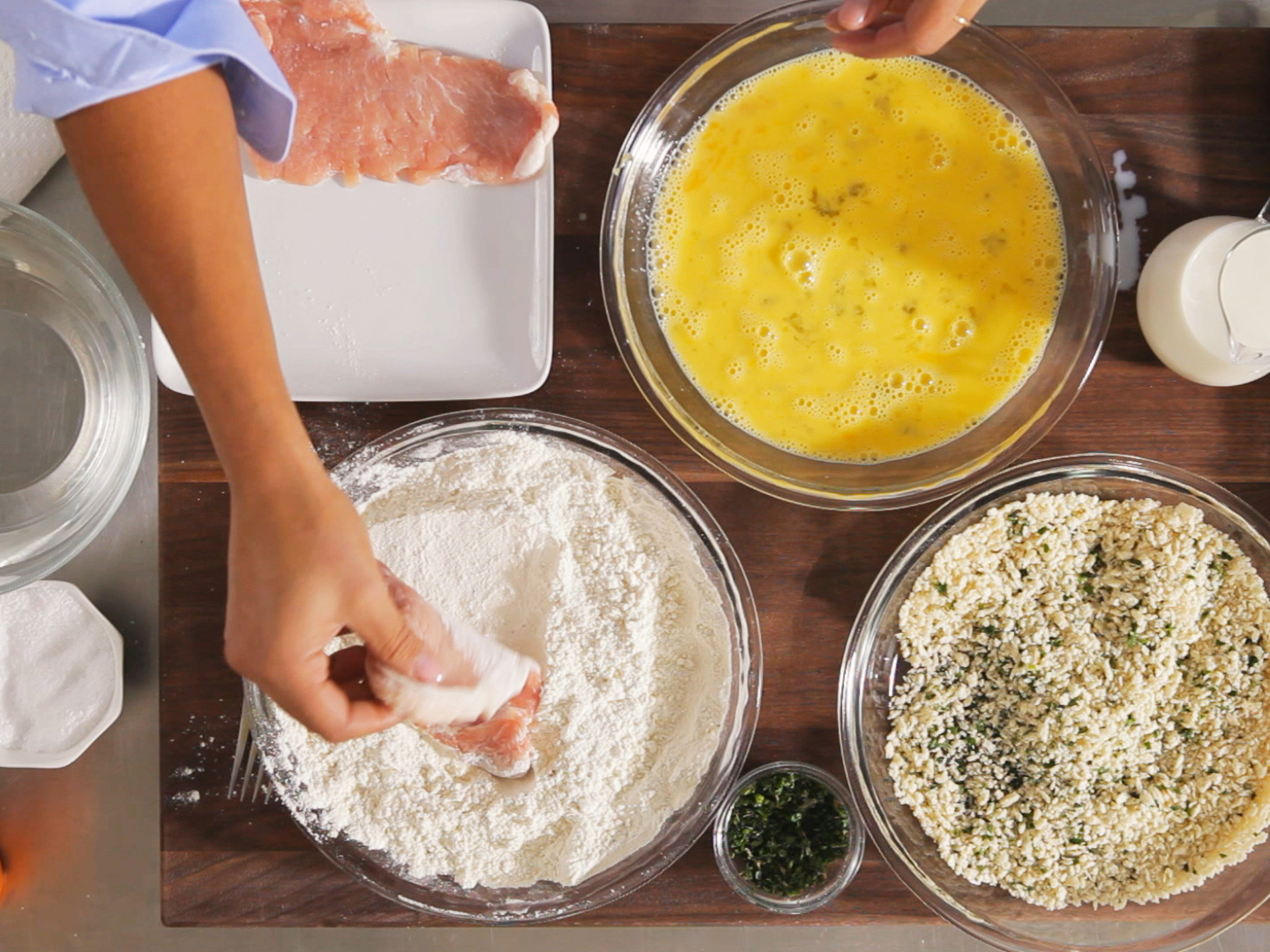

This study found a variety of perceived benefits for pupils and schools. Schools introduced regular outdoor learning within the curriculum. Interviews and focus groups were conducted at baseline and six months into implementation. We examine the process of implementation to offer case study evidence through 1:1 interviews with headteachers (n = 3) and teachers (n = 10) and focus groups with pupils aged 9–11 (n = 10) from three primary schools. This study aimed to explore headteachers’, teachers’ and pupils’ views and experiences of an outdoor learning programme within the key stage two curriculum (ages 9–11) in South Wales, United Kingdom. This requires evidence into its acceptability from those at the forefront of delivery. However, its non-traditional means of achieving curricular aims are not yet recognised beyond the early years by education inspectorates. Outdoor learning is a pedagogical approach used to enrich learning, enhance school engagement and improve pupil health and wellbeing. An engaging curriculum that facilitates children in achieving their academic potential has strong implications for educational outcomes, future employment prospects, and health and wellbeing during adulthood. (Note: While carryover cooking can occur in poultry, for food safety reasons we usually don’t recommend removing it from the heat until it’s done.The relationship between child health, wellbeing and education demonstrates that healthier and happier children achieve higher educational attainment. Use our guidelines to determine exactly when to take meat off the heat so when you serve it, it’s at the desired temperature. Similarly, meat cooked in a 400-degree oven absorbs more heat than meat cooked in a 200-degree oven, so carryover cooking is greater in a roast cooked in a hot oven. A large roast will absorb more heat than a thin steak, which means there will be more heat in the meat and therefore a greater amount of carryover cooking. So when, exactly, should you remove meat from the heat source? Both the size of the roast and the heat level during cooking will impact the answer.

Off heat, the temperature of this roast continued to rise-a phenomenon known as “carryover cooking.” After 15 minutes, it reached its target of 150 degrees. When the center of a roast comes within 10 degrees of the target, it’s time to take it off the heat.Īs long as there is a difference between the outside and inside temperatures of a cut of meat, heat will continue to travel inward. The internal temperature is what matters. The exterior of meat heats up far more quickly than the interior, resulting in a huge temperature differential between the outside and the center of a roast.

But the process can result in a significant increase in temperature at the center of a large roast, bringing it from a perfect pink to a disappointing gray. This transfer will slow, and eventually stop, as internal and external temperatures approach each other and even out. Second, because heat always moves from a hotter to a cooler area, as long as there is a difference in temperature between the two regions, heat will keep moving from the surface to the center even after you remove the meat from the heat source. Meat will continue to cook even after it has been removed from the heat source, a phenomenon known as “carryover cooking.” This happens for two reasons: First, the exterior of a large roast gets hot much more quickly than the interior. But judging precisely when meat is done is tricky, because what you’re actually gauging is not whether the food is ready to eat right now-but whether it will be ready to eat once it has rested.

To do that, you must hit the meat’s target temperature spot-on 5 or 10 degrees off can make a huge difference. When you’re cooking an expensive roast, getting it to the table cooked just the way you like it is critical.


 0 kommentar(er)
0 kommentar(er)
